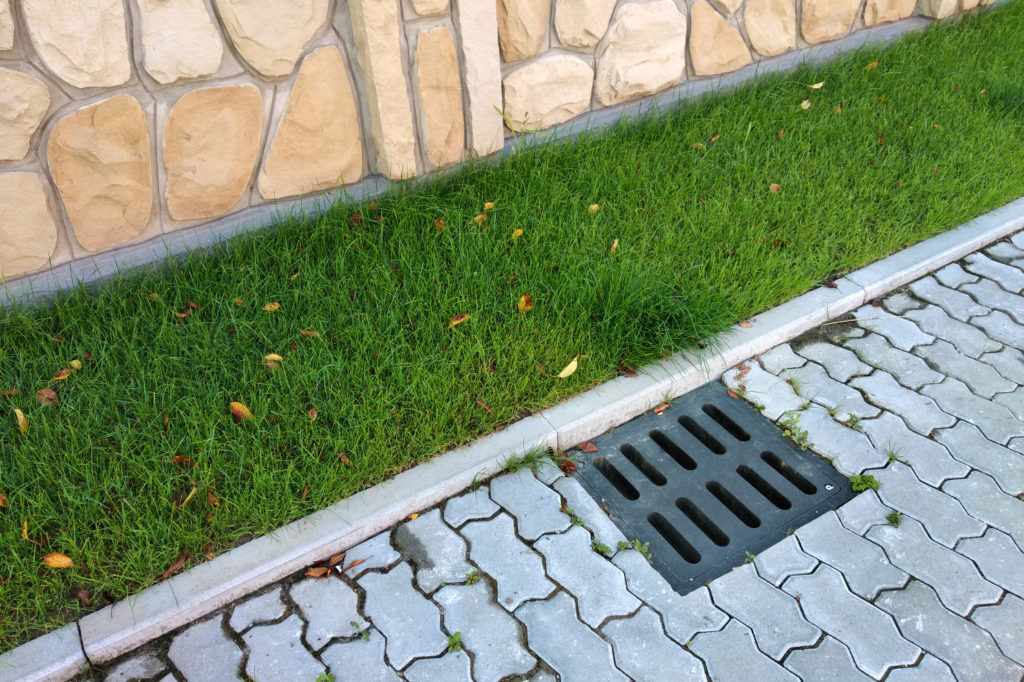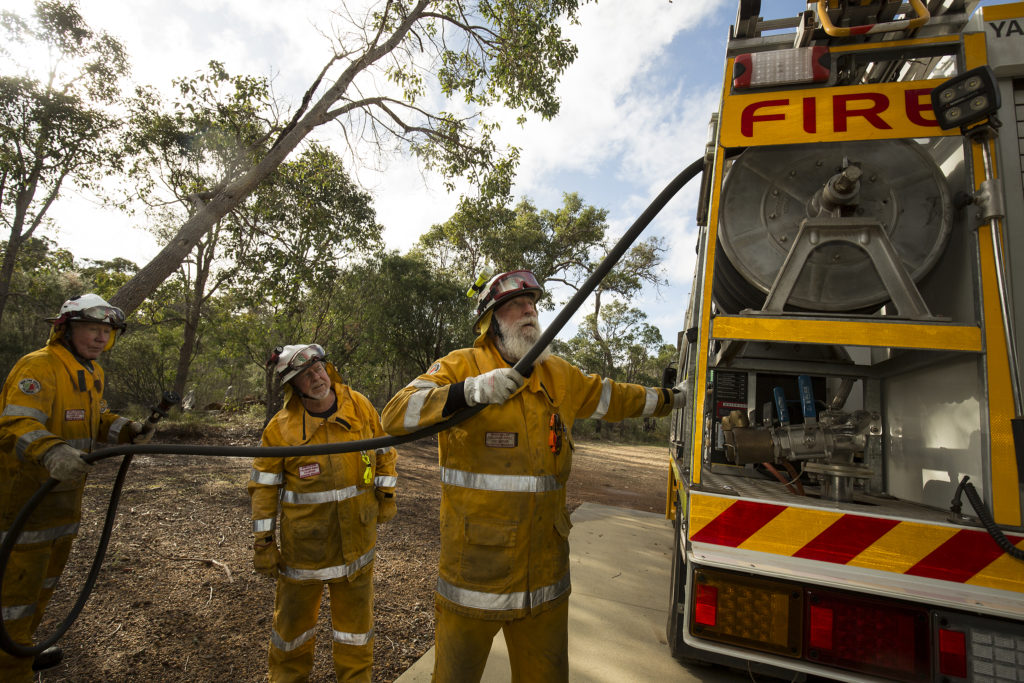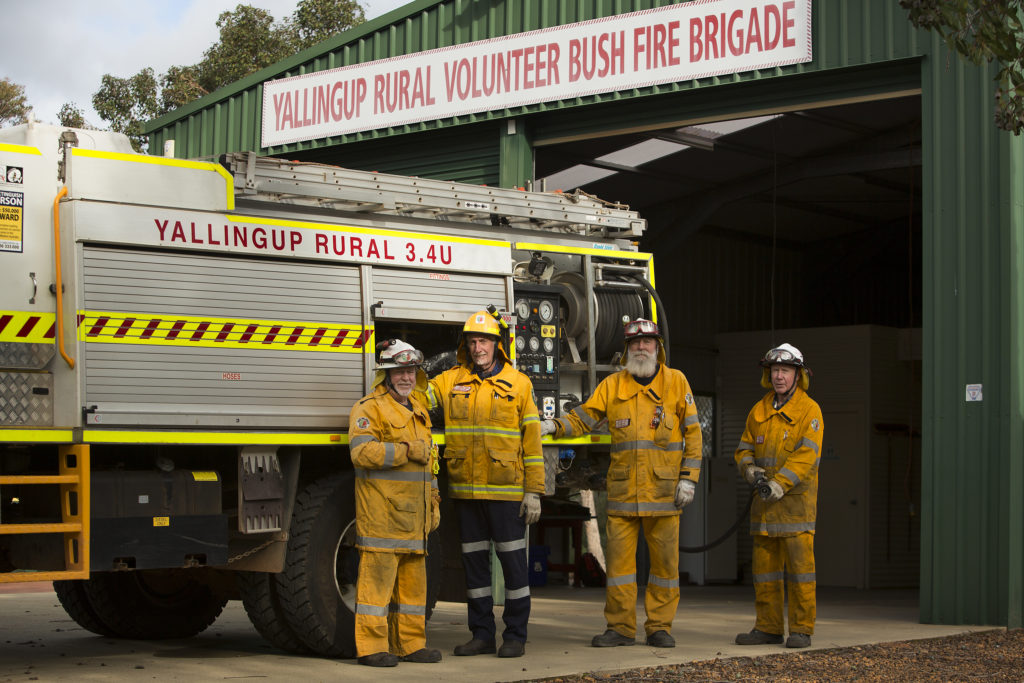Risk matters, safer WA communities
Local Government Risk Forum | Tuesday 6 September 2022
Exploring emerging and current risks for WA local governments

In Western Australia local government is responsible for the stormwater drainage within its municipal boundaries. This means that they owe a duty of care with respect to the stormwater drainage systems within their control and are obligated to exercise reasonable care in the development and management of drainage schemes.
Street drainage networks under the control of local government are designed to a certain capacity. They should comply with the Stormwater Management Manual for Western Australia (Department of Environment, 2004) considering annual average rainfall for that area; one to 10 year averages; and 10 to 100 year events. The Water Corporation’s Design Standard DS 66, Urban Main Drainage Standard may also be considered.
The chart Perth Historical rainfall from the Water Corporation shows the range of rain falls across the metropolitan area. Stormwater drainage infrastructure should be designed with this in mind.
Local Government Risk Forum | Tuesday 6 September 2022
Exploring emerging and current risks for WA local governments
Long COVID refers to cases where the patient recovers from the acute COVID-19 infection effects but goes on to have longer term symptoms.
The new Work, Health and Safety Act WA (2020) (WHS) changed the definition of a worker to now include volunteers. LGIS members have been seeking clarity on how they can meet their obligations, and what types of protections are included with LGIS membership.
Local governments have various powers relating to carrying out works for drainage of land. When a local government chooses to exercise its statutory functions or powers, such as works for drainage, it owes a duty to act with reasonable care.
This duty means a local government is to design, construct and maintain (which includes inspection, assessment and remediation) a drainage system in accordance with the prevailing industry standards or any applicable standards at the time.
This does not mean that a local government must ensure its drainage systems are at all times kept in accordance with industry standards. That said, if a local government becomes aware of a change in circumstances or other issues which significantly increases the risk of flooding, then an argument could be made that a local government has been negligent if it failed to rectify a known hazard.
As always with local government infrastructure management, drainage capacity improvements, maintenance and rectification of known issues should be implemented when required and within budgetary restraints. In this regard, when assessing whether a local government has acted reasonably in maintaining its drainage infrastructure, a critical consideration is any financial and other resource limitations a local government may have when any decision is made to carry out any works that is applicable to the local government.
Also critical is the likelihood and severity of damage that will be caused if rectification works are not carried out. For example, it is not uncommon for roadside drainage systems to flood to some extent during heavy rainfall. This often does not cause damage and requiring local governments to prevent this would be unnecessary and unreasonably onerous.
Residents also have a responsibility to maintain drainage systems on their own private property that adequately retain storm water.
Severe weather conditions in the winter of 2020 saw two neighbouring houses flooded significantly. A claim was made against the local government which was ultimately settled by LGIS.
This was not the first time flooding had occurred. Every year from 2010 to 2013 these properties had flooded after storm events. Over that period the local government worked with the owners to deliver a solution. Extra maintenance for the gully, at the driveways, was done and a berm was installed at the driveway entrance of the property line to redirect storm water.
Unfortunately, these measures were only partly successful.
Definitions
Berm: a narrow shelf, path, or ledge typically at the top or bottom of a slope also, a mound or wall of earth or sand a landscaped berm.
Local government planners decided that additional work was needed for a permanent solution to the flood issue, and that this could only be done if the property was bought by the local government. In 2014 Council resolved to purchase the property.
Specialist engineering consultants were engaged to design drainage plans. Storm water was being trapped at a low point (the driveways) in the property and a solution had to be found.
The engineer’s solution involved work in three stages and drainage would be installed in road pavement. This would disrupt traffic on a major distributor road and increase the project cost.
A second, lower risk option was to provide the flooding area with an overflow soakage in the rear court yard and reinstatement of the driveway. The local government decided to pursue option two.
In July 2014 the local government purchased house A (refer to diagram). Drainage work was completed and five soak wells installed at the rear of the property. Works were monitored during rainy periods and as there was no evidence of flooding to the yard or house, the property was sold.
When considering local governments’ potential liability in this case it’s important to remember that:
Local government owes a duty to exercise its statutory powers (including in respect to drainage works) in circumstances where property owners generally or specifically are reliant on the local government to exercise those powers for the protection of the community.
Local governments have the care and control of roads and drainage networks within their jurisdictions. Property owners have limited powers to protect themselves from flooding to their properties caused as a result of obviously inadequate drainage or defective drainage.
As set out above, when a local government chooses to exercise its statutory functions, it owes a duty to act with reasonable care.
In practice this means that any remediation or maintenance work needs to be supervised by engineers and should meet applicable standards.
In this example the local government in the exercise of its statutory functions, negligently affected drainage by building a footpath over an existing drain. This reduced the capacity of the drain. In addition the soak wells were not installed correctly and failed. Given this the local government could be found liable. Given this situation the best outcome for the member and LGIS was to settle the claim.

A demanding role. What does it take to be a bushfire volunteer? The LGIS injury prevention team have done the most exhaustive assessment yet of the demands of a volunteer bushfire fighter role.

LGIS members across the state, particularly in the south and Wheatbelt, faced fires which destroyed property and razed the land. Changing environmental conditions will continue to pose significant challenges.

Bushfire volunteers provide a vital service to our communities, and the work they undertake is often in very high-risk environments.
LGIS is the unifying name for the dedicated suite of risk financing and management services for WA local governments, established by the WA Local Government Association in conjunction with JLT Public Sector (part of the Marsh group of companies). LGIS is managed by JLT Public Sector (ABN 69 009 098 864 AFS Licence 226827).
Risk Matters, via this website, is designed to keep members, their staff and elected members informed on topical risk management and insurance issues and LGIS programs and services.